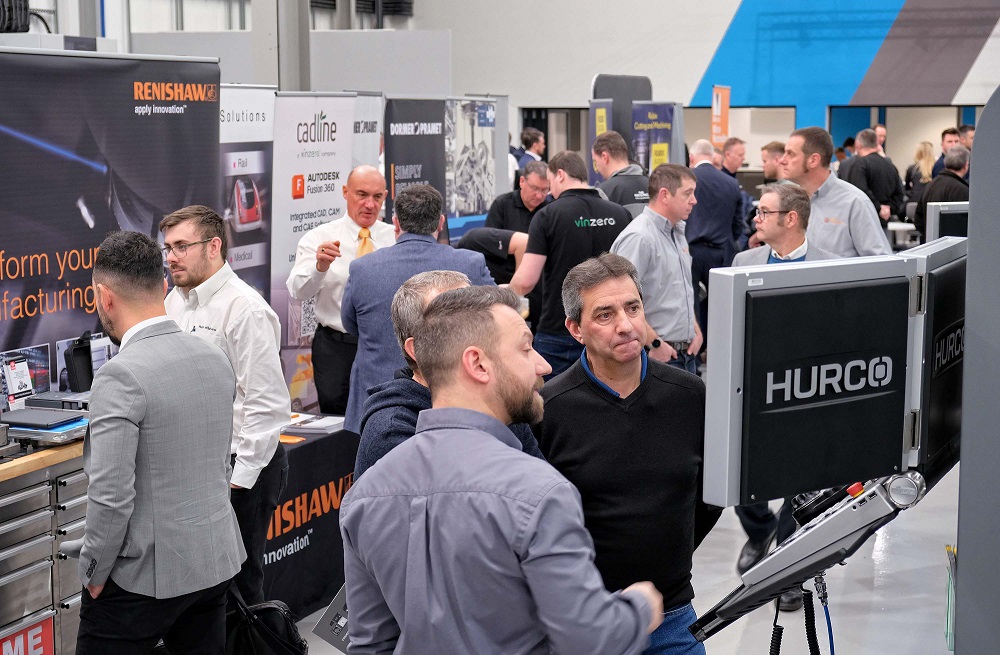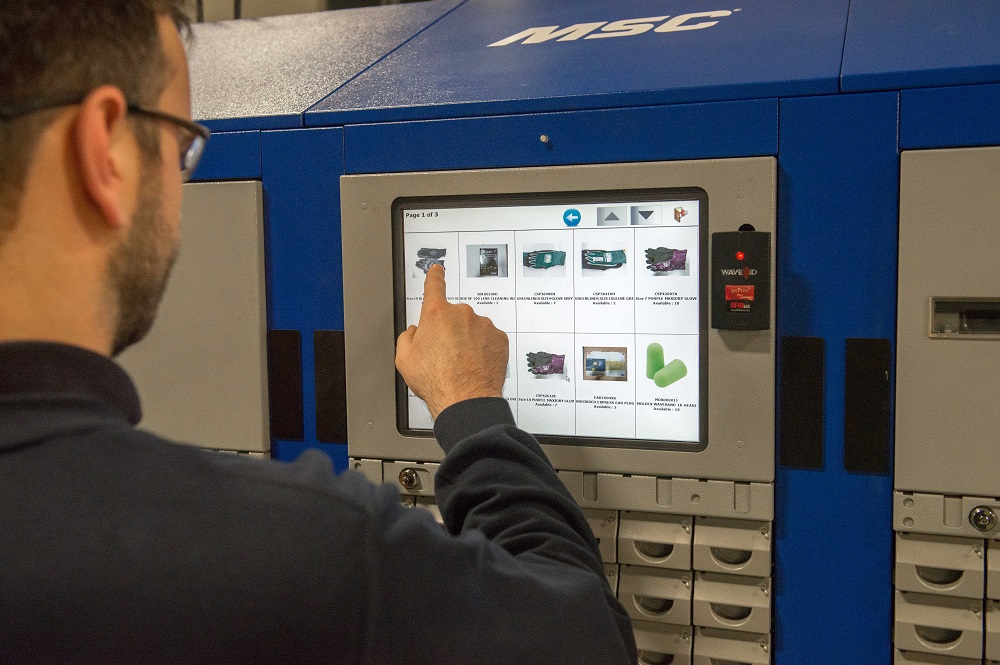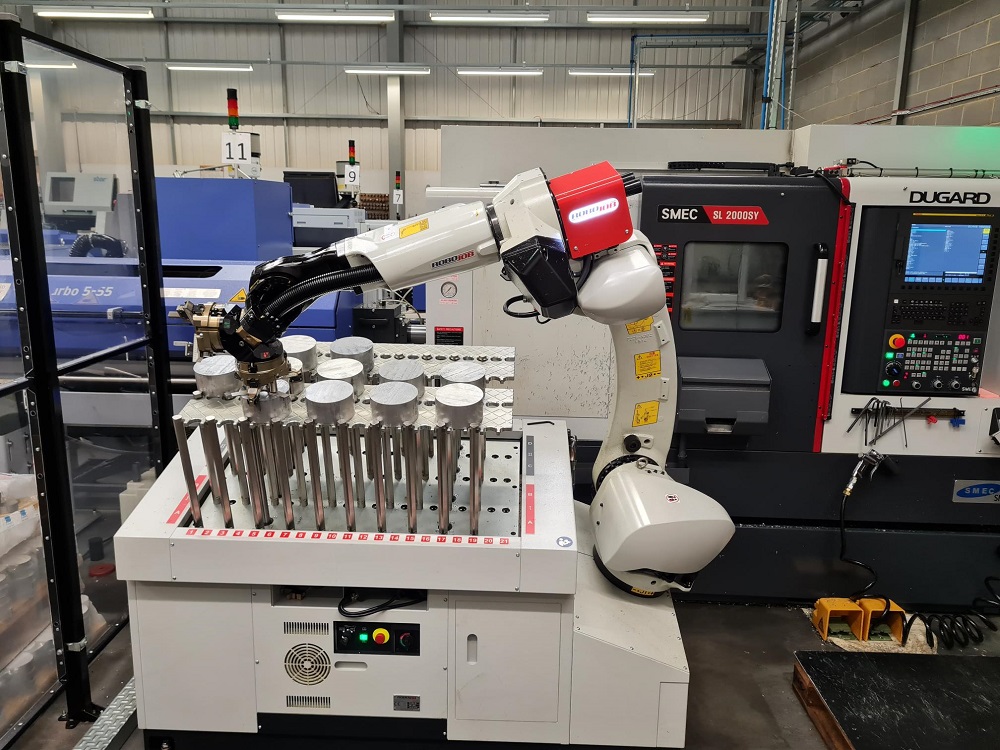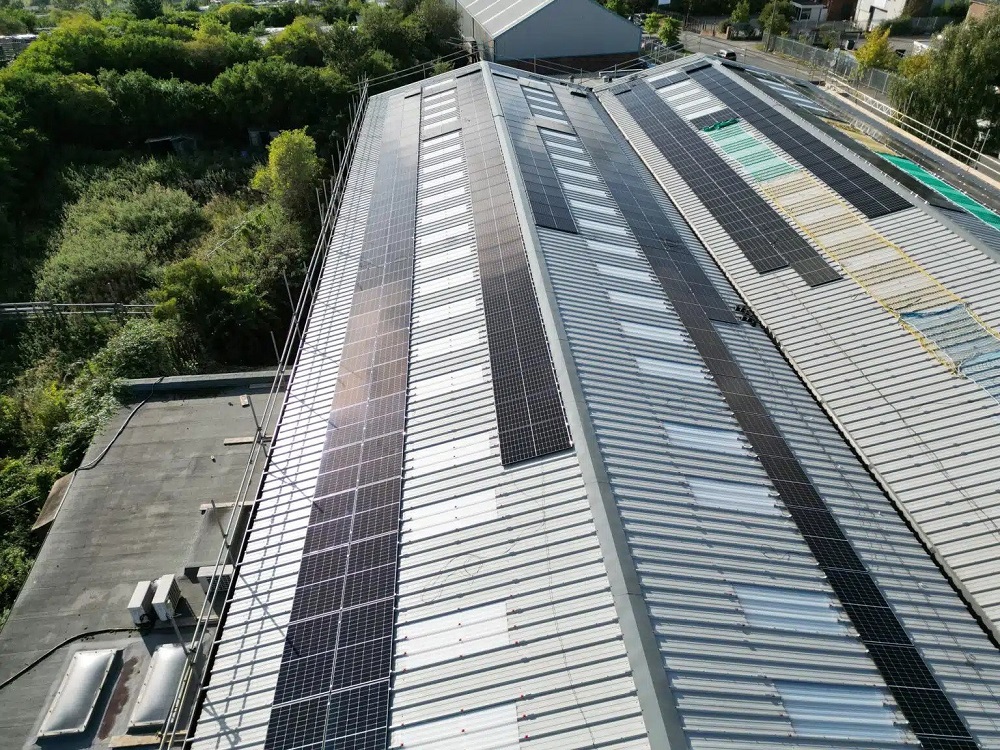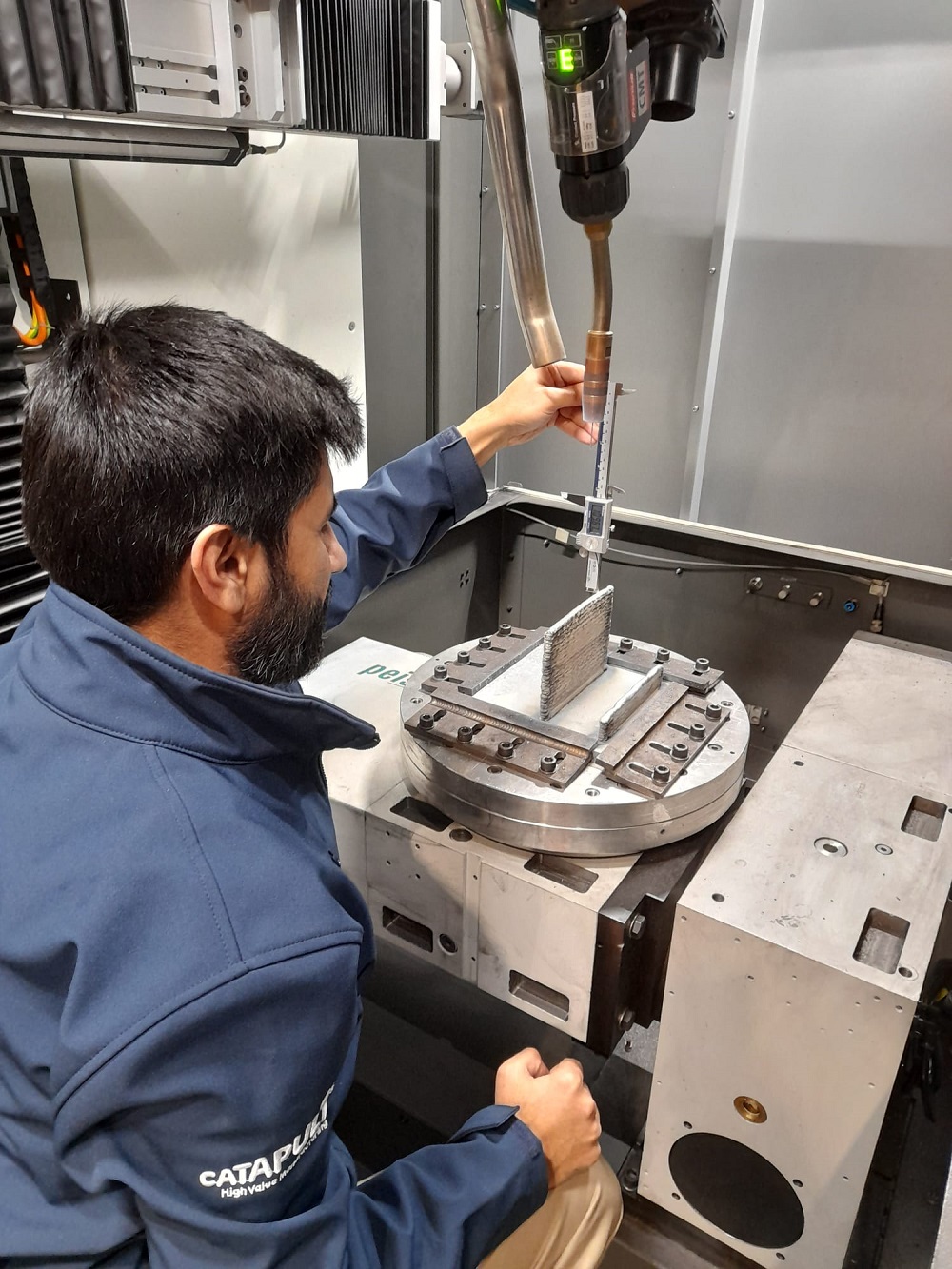When Empire Manufacturing Ltd opened in 2007 with an initial purchase of three sliding-head turning centres, it was the building block for a company that has gone from strength to strength. In 2012, the business moved to a larger facility and subsequently added more sliding-head turning centres, with machining centres, measuring equipment and fixed-head turning centres following suit. More recently, the company,which has technology from several machine tool vendors, has invested in machines from Dugard.
In 2022, the Hoddesdon-based company made a paradigm shift in vendors when it bought a fixed-head SMEC SL2000-BSY turning centre with bar-feed unit, a Robojob robot loader and a Roto-Rack parts catcher. Rapidly following this order was a Hanwha XD10 sliding-head lathe, again from Dugard. Yet another Hanwha sliding-head lathe is the latest machine to arrive.
As an established sliding-head turning shop machining a vast range of products from washers, nuts and bolts (as well as fastenings and bottle tops) through to highly complex and intricate components, the Hertfordshire company wanted to increase its capacity for machining small components. To alleviate a bottleneck on an existing 10 mm capacity sliding-head turning centre, the subcontract manufacturer invested in a Hanwha XD10 sliding-head lathe from Dugard.
Recalling the situation, managing director Stuart Wade says: “We were getting regular orders for small copper components in quantities from 8000 to 12,000-off and needed extra capacity. Our existing machine tool supplier didn’t have a machine available in the timeframe required, so we decided to look at the Hanwha machine from Dugard. We quickly discovered that the PCR chip-breaking cycle on the Hanwha machine is far superior to what we already had.This technology would allow us to run more jobs unmanned and extend our tool life.”
After purchasing the first Hanwha machine from Dugard, Empire Manufacturing quickly realised that the Hanwha machine was also better at holding tolerance on long runs of components. One particular example is a frequent production run of stainless steel M3 and M4 tight-tolerance screws with a weight limit tolerance of ±0.3mg. Inevitably there were some scrap components when machining screws on its existing sliding-head machines. However, switching the parts to the Hanwha reduced the scrap rate considerably and eradicated the need for constant operator intervention.
As a long-time sliding-head business owner, Wade says: “The ability of the Hanwha machines to hold tolerance is on another level; I’ve never seen anything like it on a sliding-head. There are also a lot of features on the Hanwha machines that stand out from our existing technology. It’s for these reasons we opted to buy a second Hanwha when the requirement was there. Another reason we opted for another machine from Dugard was the service; it genuinely is outstanding and better than anything we receive from other machine tool suppliers.”
The SMEC SL2000-BSY turning centre was the first purchase from Dugard and, while this machine was on order, Empire Manufacturing ordered and took delivery of a Hanwha machine. The performance and availability of the Hanwha resulted in a second Hanwha soon following.
Recalling the purchase of the fixed-head model, Wade says: “We had a gantry-loaded turning centre that has performed well down the years. However, it was creating a lot of problems with the unloading of finished parts. Loading billets via the gantry was a simple task but the more complicated our parts became, the more the machine would fail on the unloading operation and it would damage parts during unloadingin many cases.
“The service we received from the existing supplier was indifferent, so we looked at other potential machine tool vendors,” he continues.“We decided to invest in a SMEC SL2000-BSY fixed-head turning centre with a 2m bar-feed unit, a Robojob robot loader and a Roto-Rack parts catcher. Dugard and Hydrafeedhandled the entire integration of the turning centre with an automated robot loading system and the Roto-Rack part collection system.”
SMEC’s SL2000BSY is a single-turret, twin-spindle turning centre with an 8-inch chuck on the main spindle, a 6-inch chuck on the sub-spindle and a 650mm swing over the bed that provides considerable machining capacity for a small footprint lathe. With 12 tool positions as standard (24 optional) and a BMT55 5000rpm driven tool facility with a 3.7/5.5kW motor, Dugard says the SMEC SL2000BSY provides unrivalled flexibility and productivity in a spacious machine envelope.
As a subcontract company to the aerospace, electronics, automotive, leisure and entertainment sectors, precision and quality is a necessity.
“Investing in the SMEC SL2000BSY eradicated our issues with unloading parts and we rapidly ramped up to extended periods of unmanned machining,” explains Wade.“At present we’re manufacturing a range of fuel filter caps and distributor bodies for the automotive and aerospace markets and some parts will vary from 100 to 1000-off. Other billet loaded parts could run from 500 to 1000-off with bar-fed parts stretching to runs of 3000 to 10,000-off.”
He adds: “With the previous machine, we had major unloading issues that prevented extended unmanned operation. The reliability of the machine and support from the supplier were very poor. In some instances, the temperamental nature of the machine would see it shut down with no alarms, only to work perfectly fine the next day.
“We needed to make a change and we’re glad we opted for the SMEC. The machine will typically run for around 20 hours a day, leaving some time for swarf clearing and insert changes. The aluminium automotive parts on the SMEC at present have a machining cycle of 20 minutes and we can load the Robojob with 40 parts at a time.This gives us over 13 hours of unmanned running. Unlike the previous gantry machine, we can simply remove the parts from the Robojob pallets and tell the machine to keep going. With such flexibility we can minimise downtime and achieve incredible productivity rates. We really couldn’t be happier with both the quality of the machines and the impeccable level of service we received from Dugard.”
For further information www.dugard.com






